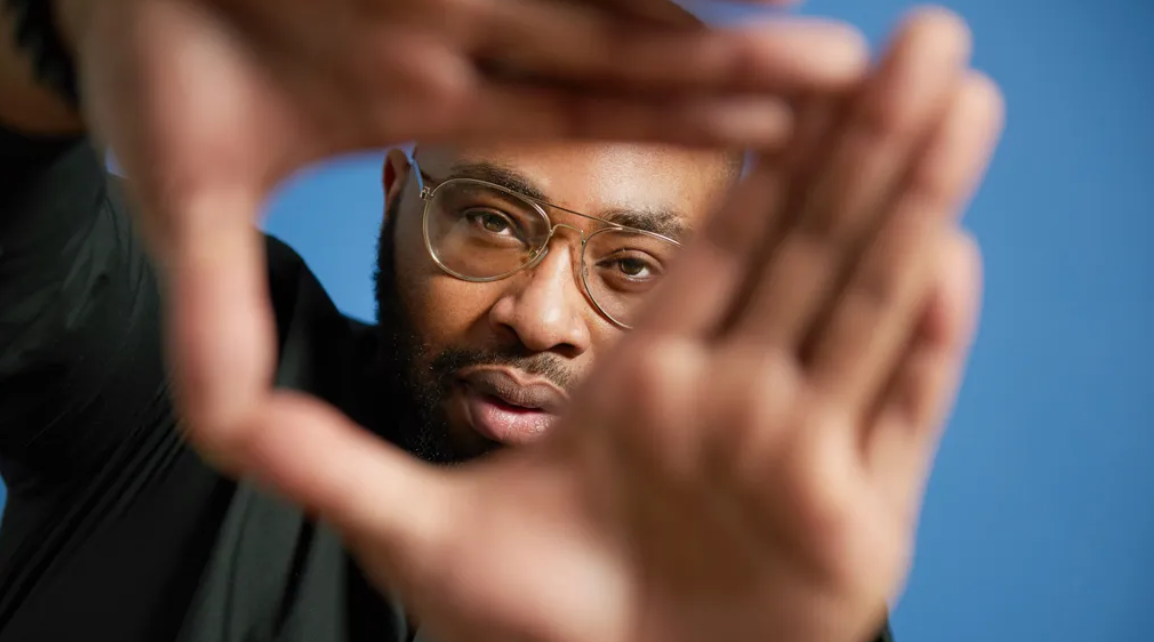The fashion industry has always been a realm of innovation and creativity, setting trends and pushing boundaries. In recent years, another groundbreaking concept has emerged – digital fashion. This article explores the world of digital fashion, its significance, and how it is transforming the fashion landscape.
The Rise of Digital Fashion:
Digital fashion, also known as virtual fashion or fashiontech, represents clothing and accessories designed exclusively for digital environments. These digital garments don’t exist in physical form but are created using 3D modeling and computer-generated imagery (CGI). They can be worn by avatars in virtual worlds, featured in video games, and showcased on social media.
Why Is Digital Fashion Important?
- Sustainability: In a world where sustainability is a growing concern, digital fashion offers a more eco-friendly alternative to fast fashion. By reducing the demand for physical garments, it lessens the environmental impact of clothing production, including water usage and textile waste.
- Creative Expression: Digital fashion is an artistic outlet for designers. It allows them to experiment freely, unburdened by the constraints of the physical world. Avant-garde and futuristic designs that are challenging to produce in reality can come to life digitally.
- Influencer Culture: In the era of social media, influencers and celebrities drive fashion trends. Digital fashion allows them to continually refresh their online personas with unique and eye-catching digital outfits. These “skins” or digital wearables can be changed as easily as swiping a screen.
- Virtual Worlds: Online virtual spaces, like the Metaverse, have gained traction, and digital fashion is central to these environments. In virtual worlds, users can buy, wear, and flaunt digital garments, making fashion a significant part of the virtual experience.
- Personalization: Digital fashion allows for a high degree of personalization. Customers can commission unique digital outfits, which designers create to their exact specifications. It’s a new level of fashion individualism.
Fashion and the Metaverse:
The Metaverse, a collective virtual shared space, is where digital fashion shines. As these virtual worlds continue to develop, users want to express themselves through their avatars. Digital fashion bridges the gap between the real and virtual, providing endless possibilities for personal style.
Collaborations and Commerce:
The digital fashion movement has not only attracted designers but also luxury brands. Gucci, Balenciaga, and other prominent names have ventured into the digital fashion space. Additionally, some digital fashion pieces are being sold as non-fungible tokens (NFTs), enabling ownership and exclusivity.
The Role of Technology:
Digital fashion is made possible by cutting-edge technologies, including 3D modeling, computer graphics, augmented reality (AR), and virtual reality (VR). These tools are essential in creating and experiencing digital garments.
Challenges:
Digital fashion faces its share of challenges, including issues with piracy, counterfeits, and concerns over the environmental impact of energy-consuming blockchain networks used for NFTs. Moreover, integrating digital fashion into everyday life remains a work in progress.
Conclusion:
Digital fashion is more than just a passing trend; it is a transformative force within the fashion industry. It offers sustainability, personalization, and a new realm for artistic expression. As digital fashion continues to gain traction, its role in shaping the fashion world, the Metaverse, and beyond is undeniable. Whether you’re an eco-conscious consumer, a tech enthusiast, or a fashion-forward individual, digital fashion’s rise is a development worth keeping an eye on as it takes the fashion industry into uncharted territory.





